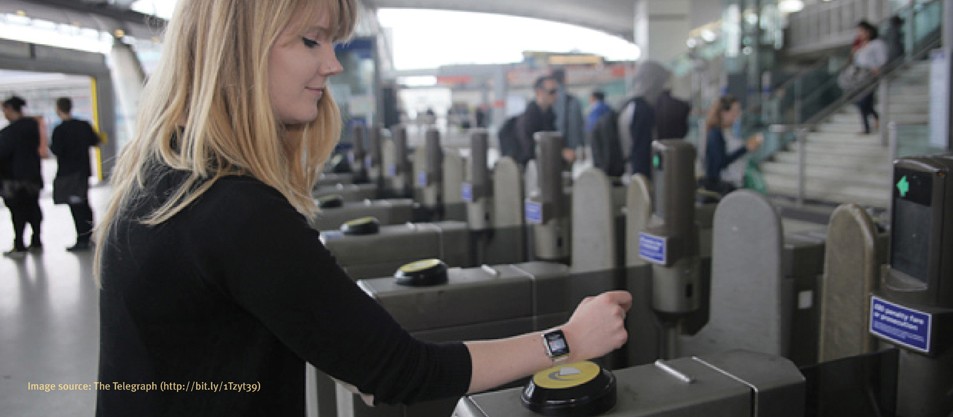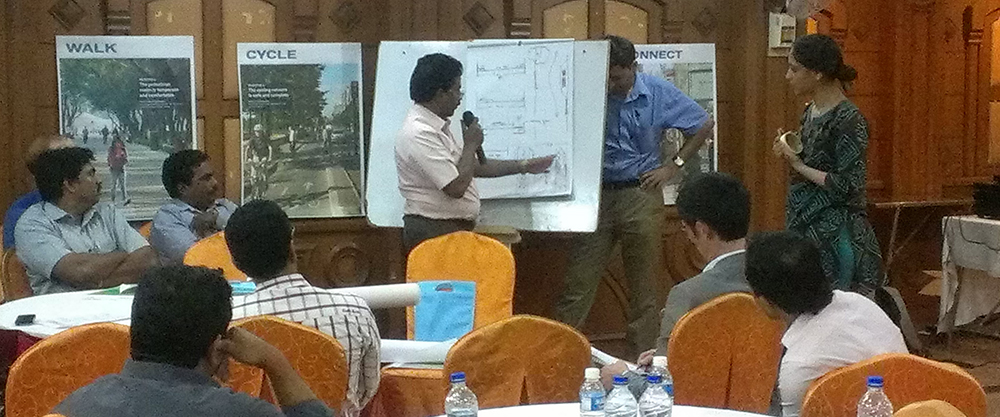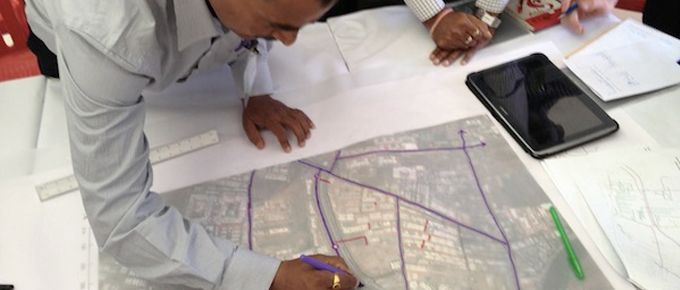ITDP brings you a monthly digest of sustainable transport and urban development news from around the world. From Indian Railway’s new paperless ticketing system to Sydney’s electronic signs to improve parking management, this month’s InFocus looks at how technology has helped create customer-oriented transit systems.
Cities stagnate when their residents and visitors are stuck in traffic. To provide seamless connectivity and reduce traffic delays, cities need to focus on moving people, not vehicles. This calls for the creation of high-quality rapid transit along with effective parking management systems. The integration of modern payment and ticketing technologies can go a long way toward making urban transport systems more convenient—both for first-time users and regular commuters. Here is a look at how technology can hasten the shift to sustainable transport.

















